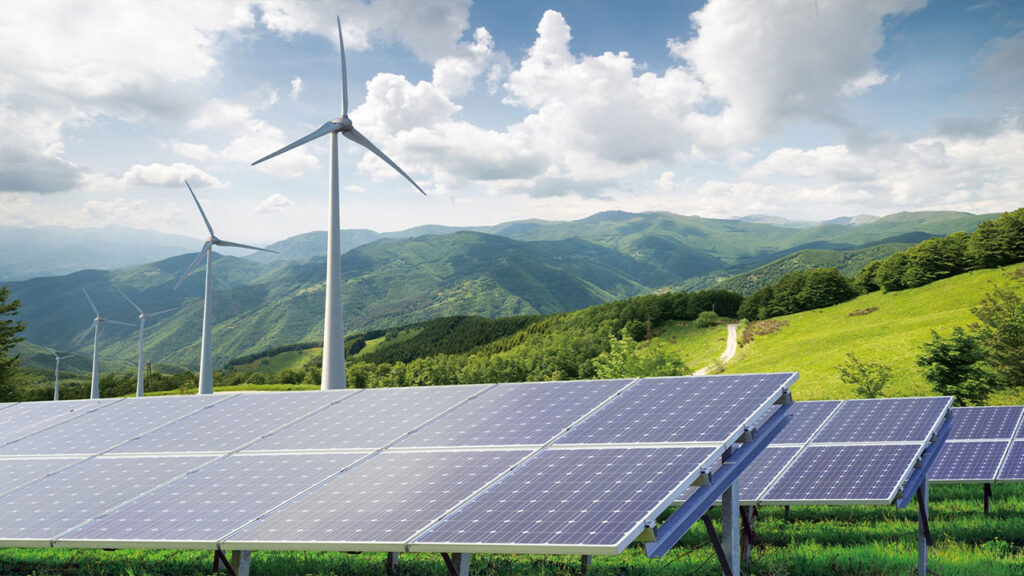You may be on good terms with your neighbors, or you may try avoiding them. I know from experience that living next door to someone doesn’t mean you like them. The people around you, however, can be important to your overall health.
When people who live in the same area start experiencing the same health problems, that suggests there’s something going wrong in the local environment. Pollution is a key suspect in these cases, whether it’s in the air, ground or water, and pollution is often a result of our ongoing quest for energy.
Humans don’t just need the energy they get from food to keep their body moving. They also need energy to power their homes and cars so they can function in modern society. And while there are many sources of fuel available, from the traditional coal, oil and gas to renewables like wind and solar, all involve at least some incursion on our surroundings.
Admittedly, fossil fuels are probably the most obnoxious when it comes to pollution. Mining and factory towns that are constantly exposed to dust and smoke tend to have much higher rates of respiratory illnesses like asthma. When oil drilling goes wrong or oil pipelines are damaged, sources of drinking water can be contaminated and everyone suffers.
It’s not just the people directly involved in extracting fuel who suffer the consequences, although it may be most severe for them. Entire communities can feel the impact. The challenge of securing enough energy while still protecting community health is one that is ongoing and still seems to have no easy solutions.
Health and energy can be linked in other ways, and sometimes in what seems the opposite direction. People who live with energy insecurity are more likely to be living in poverty and generally have less access to support, and these people tend to be living in the same communities. This can be damaging to physical and mental health and affect wellbeing in the long term.
When trying to target health interventions at certain communities, it helps to consider local energy production and any energy insecurity. A thorough understanding of the surrounding environment can help to mitigate the risks of pollution and provide people with safer homes, leading to a general improvement in health outcomes while still trying to establish energy security.




